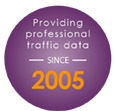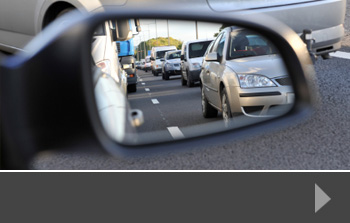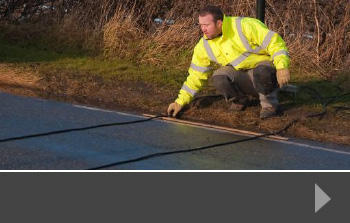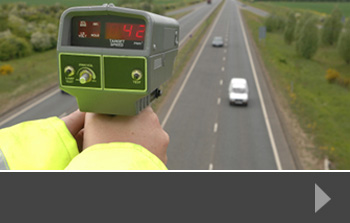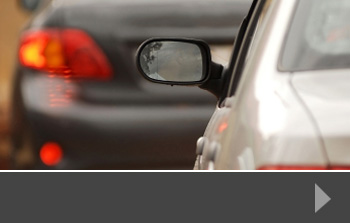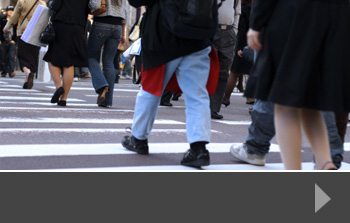Parking surveys for urban redevelopment
As we experience increased housing supply pressure, planners, developers and local authorities are looking for ways to redevelop existing urban sites into new housing rather than build on greenfield or even brownfield sites. Whilst this is a great way to provide new housing, it has a knock-on effect on the local area, and one area that can be particularly problematic is parking. Survey data collected before planning applications are made is one way to show the current impact of parking and project what impact new housing might have.
Understanding ‘parking stress’
Parking stress refers to the strain placed on both public car parks and residential streets by the demand for parking. This is something that is particularly problematic in urban areas, where street parking is most common, and where there are additional, non-residential stresses on parking, including people parking cars for local school runs, shopping and, particularly in cities like London, parking near railway stations in order to commute into the city centre.
Parking is often one of the biggest issues for existing residents and businesses when new urban developments are planned. So, from the point of view of both developers and planners, it makes sense to collect all the relevant data on current parking stresses as possible in order to have a clear basis on which to plan for the future and consult with the local community during the planning stages of the project.
Parking stress is usually expressed as a percentage – so 80% parking stress would mean that 80% of the available parking spaces are taken at the time of the survey. These percentages are likely to change depending on the time of day and the restrictions on the available parking. For example, if 50% of the available parking is resident permit only, there could be 100% stress on public parking spaces and less on the resident-only spaces.
A whole-development approach
Developers and planners also need to take into account the potential additional stress on local parking during the re-development stage. Often, parking is suspended in order to allow construction vehicles to park or other vehicles to deliver to the site. This reduces the number of available spaces during construction and places additional premiums on the parking that’s left.
Ideally, developers would be required to provide off-street, private parking for the homes they are creating. Although it’s likely that the new occupants will have visitors who will park locally, if the majority of day-to-day parking can be accommodated on a private site, this helps to relieve the stress of additional car users on the local area.
Detailed parking surveys from RDS
At Road Data Services, we supply tailored parking survey data to redevelopment parties, helping to influence good decision making and reduce as far as possible the issue of parking stress in urban areas. To find out more about how we can help, contact us today.

